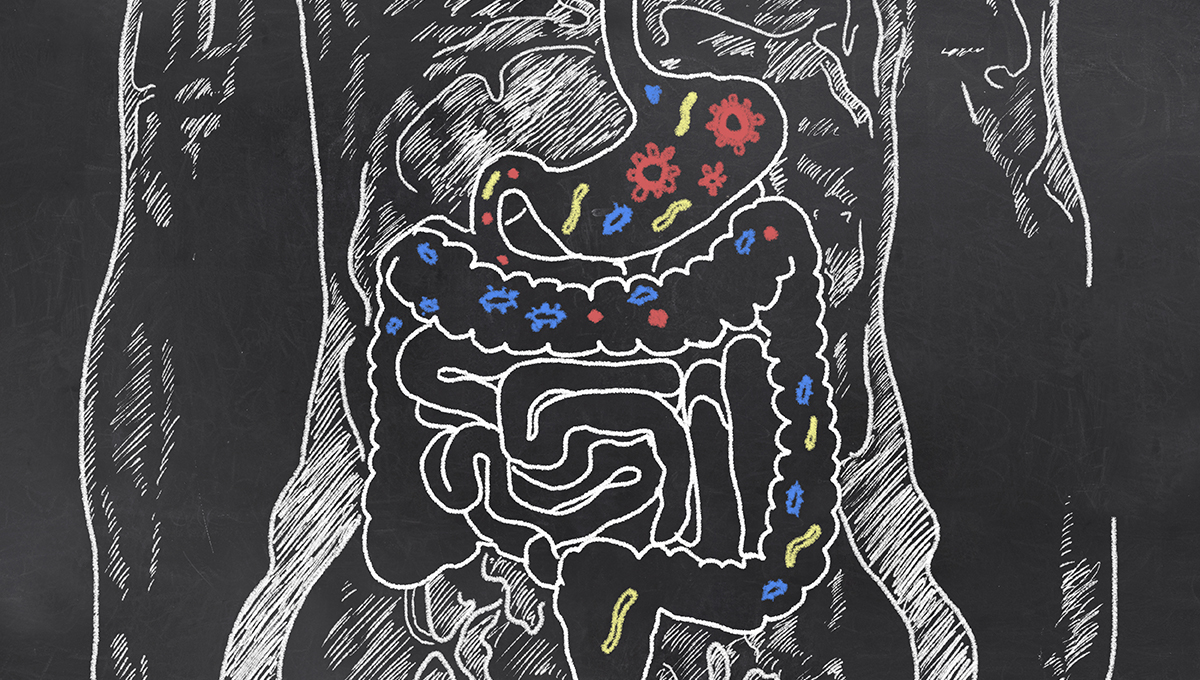Strep Bacteria in Gut Flora Tied to Subclinical CVD - TCTMD

Testing for bacteria in stool samples isn't hard, but the question is whether the results can be applied in ways that reduce risk.
Streptococci and other bacteria that tend to be reside in the mouth are, when found in gut flora, associated with coronary atherosclerosis and markers of systemic inflammation, according to a study of middle-aged adults without known CVD.
Although nearly 2,000 species were identified in stool samples from study participants, the strongest links were seen for two forms of strep: Streptococcus anginosus and Streptococcus oralis subsp oralis.
Tove Fall, DVM, PhD (Uppsala University, Sweden), who served as senior author on the paper along with Marju Orho-Melander, PhD (Lund University, Sweden), told TCTMD in an email that there are a few mechanisms by which these bacteria might exert effects on cardiovascular health. "They could act through effects on the metabolism, by increasing inflammation systemically, or potentially by infecting atherosclerotic plaques. However, their increased abundance could be noncausal to atherosclerosis and just act as a biomarker for another process, such as poor oral health."
Bacteria often spread from the mouth to the gut, and it appears that "the gut and oral microbiota are connected rather than being two separate microbial communities," the researchers explain in their paper. They add: "Given the association between dental health and endothelial dysfunction and atherosclerotic disease, the gut may serve as a niche or entry route for oral pathogenic bacteria passing to the blood."
Study after study has hinted at a connection between arterial health and the microbial ecosystem of the gut.
The new results "provide strong data supporting a gut microbiome link to cardiovascular disease risks," said Stanley L. Hazen, MD, PhD (Cleveland Clinic, OH), who's done research on the topic. "They argue for the importance of future studies looking at whether microbiome-related metabolites in blood, urine, or other signatures predict incident (future) development of cardiovascular events like heart attack, stroke, or death."
An open question, for now, is whether the results of microbiome testing can be used in patient care to guide prevention efforts that have an effect on hard outcomes over the long term, he added.
The study, led by first authors Sergi Sayols-Baixeras, PhD, and Koen F. Dekkers, MSc (both from Uppsala University), was published online in Circulation.
From Mouth to Gut to Artery?
Using the Swedish Cardiopulmonary Bioimage Study (SCAPIS), the researchers conducted a cross-sectional analysis of 8,973 individuals between the ages of 50 and 65 (mean age 57.4 years; 53.7% female) from the cities of Malmö and Uppsala. Around four in 10 had evidence of coronary artery calcification (CAC) and 5.4% had at least one stenosis with > 50% occlusion on CT angiography.
Shotgun metagenomics sequencing of fecal samples from the study participants identified 1,985 species in the gut microbiota. Among them, 64 species were positively or negatively linked to CAC score independent of cardiovascular risk factors—most strongly Streptococcus anginosus and Streptococcus oralis subsp oralis. Nineteen of the species, including those typically found in the mouth, showed associations with plasma concentrations of high-sensitivity C-reactive protein (hs-CRP), and 16 showed associations with neutrophil counts.
Another analysis focused on the 54 species that had a positive link to CAC score. In this group, 13 species were associated with higher hs-CRP, 10 with higher leukocyte counts, and 11 with higher neutrophil counts—suggesting both inflammation and infection response were playing roles.
Additional analyses pointed to the possibility that the composition of gut microbiota might also influence atherogenesis by altering the host metabolism, the researchers say.
And finally, using data from the Malmö Offspring Dental Study, they double-checked to see whether the gut bacteria matched up with the types of species found in the mouth. Five of the species that had been linked to CAC score had a positive correlation between fecal and saliva samples (among them were S. anginosus but not S. oralis subsp oralis). Three of the five were linked to cavities/fillings 4 to 12 months after the stool samples were taken.
In terms of next steps, Fall said that they are now tracking cardiovascular events and coronary status in the study participants, analyzing which bacteria are found in atherosclerotic plaques, as well as looking into whether a person's genes might influence the levels of various gut bacteria. The latter could be used to conduct mendelian randomization studies, she added.
"The main question is, however, how to prove causality, which is of course the big step before going into the clinic. Testing for streptococci in fecal matter is rather straightforward, but we also need to understand how to treat it and if it will be meaningful," Fall explained.
Comments
Post a Comment